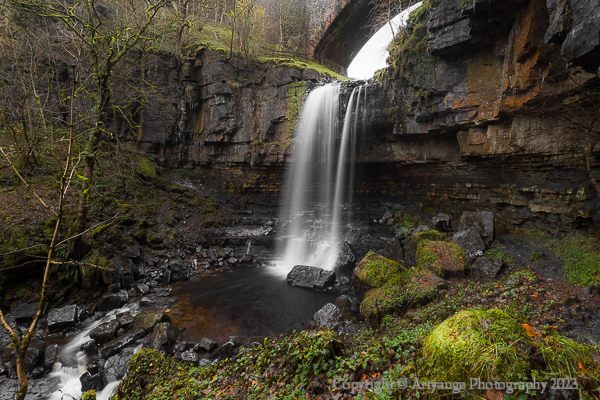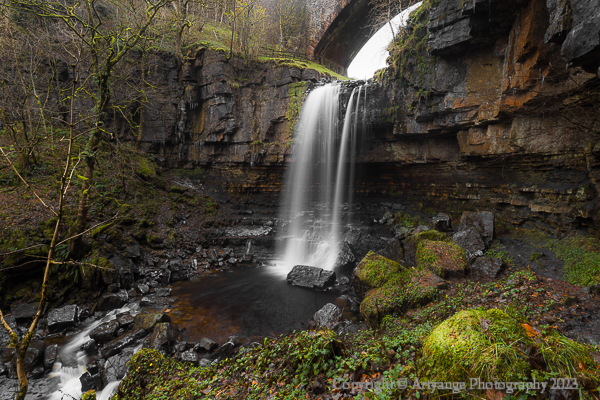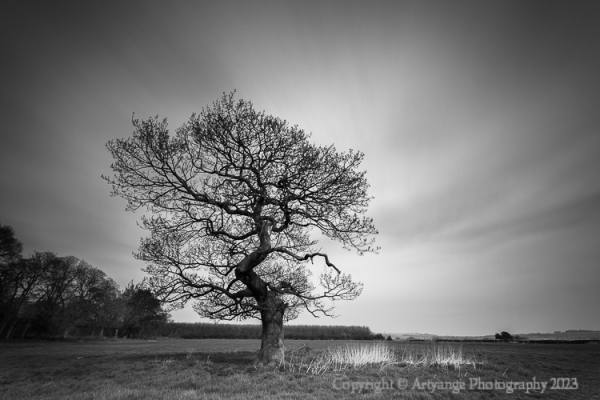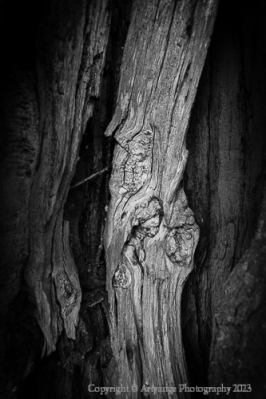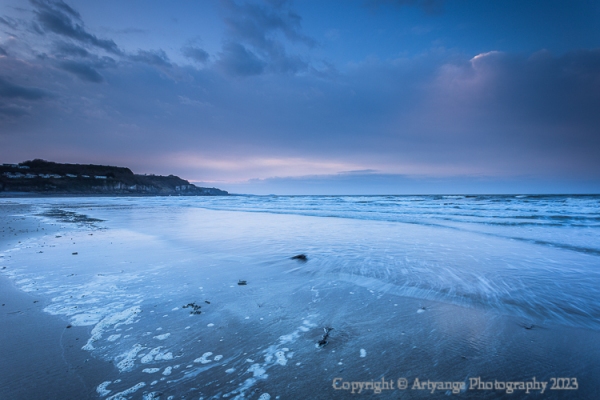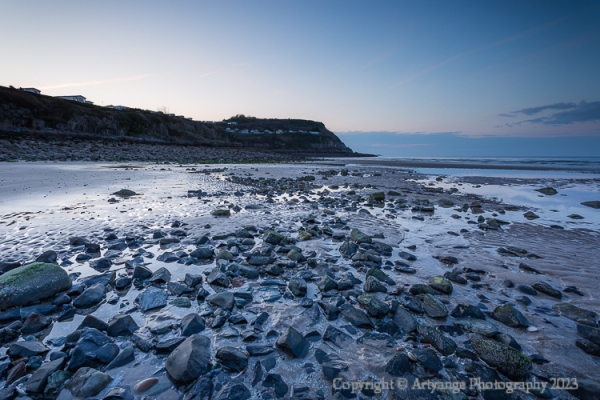Ynys Llandwynd on the Isle of Anglesey in North Wales. A two mile hike across the beach from the Newborough coastal carpark. You can see the mainland of North Wales and Snowdonia (Yr Wyddfa), it is very close across the Menai Straits.
Rocks at Ynys Llanddwyn
On the edge of Newborough Dunes and forest, is ‘island’ Ynys Llanddwyn, which is still attached by raised dune causeway. The rocks have been created by underwater volcanoes and have left beautiful colours and striations. These are pillow lavas are part of the Precambrian Gwna Group. The tide was indecisively receding. the not quite detached island has views across to Snowdonia (Yr Wyddfa)

ISO100, f11, 1/13s 17mm, using a 0.3ND medium graduated filter
Lighthouse Tŵr Mawr
This lighthouse is the second one to be built on the peninsula in 1845, in the style of windmills of Anglesey. This island is situated to the entrance to the Menai Straits. The boom trade in slate required safe access the port at Bangor. Here you can see the mainland of North Wales, and the national park Snowdonia (Yr Wyddfa)

ISO100, f11, 15s, 20mm using a Lee mini stopper and 0.3ND medium graduated filter
Sunset Yns Llanddwyn
A view from Tŵr Mawr, after a pretty grey afternoon we caught a glimpse of the sunsetting. a peeping eye of GORT on the seas horizon, with rocks providing the evening resting place for the seabirds. The two little yachts to the right. Its is the end of March and is still rather cool.

ISO100, f11, 1/6s, 19mm using a 0.3ND hard filter
Sunset Trails Ynys Llanddwyn
After the sun had dipped below the horizon, the sky changed dramatically, the clouds being light painted in red by the suns afterglow. This was nearly a missed opportunity, but I was determined not go away empty handed. The red clouds are like comets in the sky, with islets brought in a little closer.

ISO100, f11, 0.3s, 34mm using a 0.3ND hard filter
Sunset Rocks and Pools Llanddwyn
Pannng back out to capture the reflelection of the sky in the pool of water on the rocks on the peninsular. The sky turning pink before loosing the afterglow and light.
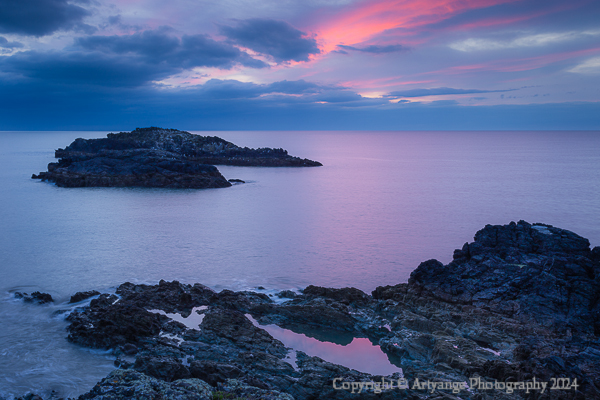
ISO100, f11, 1s, 35mm using a 0.3ND hard filter
Thanks for stopping by
